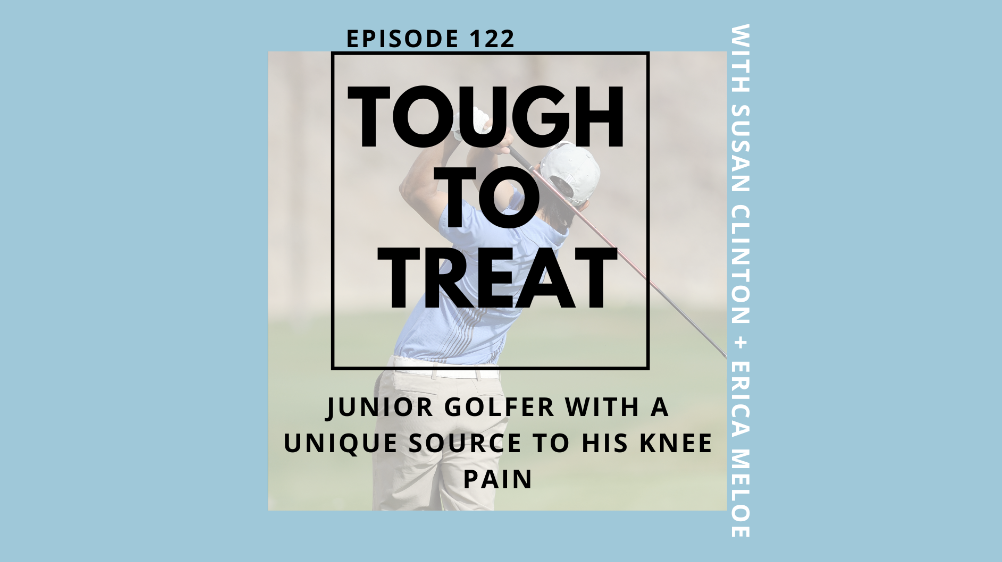Junior Golfer With Unsolved Knee Pain
How we respond to gravity and load our system is crucial for sports performance and life activities in general. Imagine this: you sprain your left ankle in high school. Down the road, you suffer a knee injury on that same side. Years later, you decide to take up a sport, let’s use golf as an example. Your coach or friend tells you that you seem to hitting off of your right leg.
“You need to learn to weight shift more,” they say.
You don’t have any pain at this point but your performance is suffering. Why?
If you don’t think those old injuries are coming back to haunt you, think again.
We are a product of our compensations over the years. We adapt to an injury by offloading that side for a period of time. And many of us stay that way. And we bring all of these compensations to our life events. Including standing on that right leg. If we don’t down train the old strategy, it will stick and become a habit, a dominant movement strategy.
Assessing center of mass (COM) here is crucial. Think about golf, you don’t need a wide stance. Most people will look different depending on how wide or narrow their stance is. Don’t miss it.
This is a podcast episode recorded a few years ago about a junior golfer I treated who suffered two concussions. By the time he saw me, it was years later. What do you think I saw? Increased loading on his right leg- his center of mass was WAY right. And he had RIGHT knee pain. Why would you load the painful side?
Because he had lost options for movement.
Whether you are an athlete or not, you need choices. When someone’s center of mass is so clearly off and it affects performance, you have to wonder why? In this case, his concussions altered his sense of center.
There has been much research regarding concussion and center of mass. It has been fairly well established that impaired balance is a common result of a concussion. Balance is a very generic term and can comprise many other subsystems. An altered center of mass over base of support stemming from these balance deficits can be normalized by the individual and they end up adapting and compensating around this adaptation.
Concussed individuals can pass neurocognitive tests and get a clean return to play, but postural stability, dual task movement analysis although not performed in the acute phase, can be helpful long-term when many of these individuals still have impairments.
In my clinical practice, I have seen deficits in somatic sensory perception with regards to patient self-perception of their center of mass. I do believe that an altered center of mass over base of support especially when moving, whether it’s a squat, split squat, gait or another movement pattern, is highly predictive of long- term musculoskeletal injury.
In this podcast episode, we talk about how changing this golfer’s center of mass not only got rid of his knee pain, but improved his golf.

